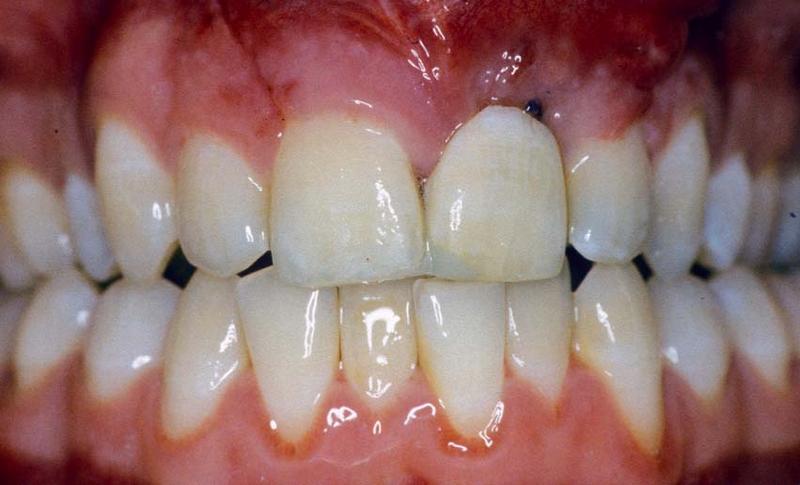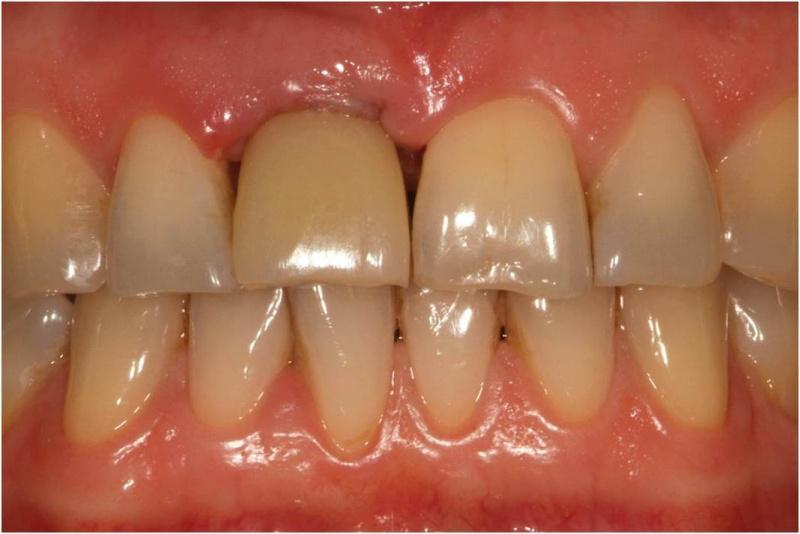-
0
Patient Assessment
- 0.1 Patient Demand
- 0.2 Anatomical location
-
0.3
Patient History
- 2.1 General patient history
- 2.2 Local history
-
0.4
Risk Assessment
- 3.1 Risk Assessment Overview
- 3.2 Age
- 3.3 Patient Compliance
- 3.4 Smoking
- 3.5 Drug Abuse
- 3.6 Recreational Drug and Alcohol Abuse
- 3.7 Condition of Natural Teeth
- 3.8 Parafunctions
- 3.9 Diabetes
- 3.10 Anticoagulants
- 3.11 Osteoporosis
- 3.12 Bisphosphonates
- 3.13 MRONJ
- 3.14 Steroids
- 3.15 Radiotherapy
- 3.16 Risk factors
-
1
Diagnostics
-
2
Treatment Options
-
2.1
Treatment planning
- 0.1 Non-implant based treatment options
- 0.2 Treatment planning conventional, model based, non-guided, semi-guided
- 0.3 Digital treatment planning
- 0.4 NobelClinician and digital workflow
- 0.5 Implant position considerations overview
- 0.6 Soft tissue condition and morphology
- 0.7 Site development, soft tissue management
- 0.8 Hard tissue and bone quality
- 0.9 Site development, hard tissue management
- 0.10 Time to function
- 0.11 Submerged vs non-submerged
- 0.12 Healed or fresh extraction socket
- 0.13 Screw-retained vs. cement-retained
- 0.14 Angulated Screw Channel system (ASC)
- 2.2 Treatment options esthetic zone
- 2.3 Treatment options posterior zone
- 2.4 Comprehensive treatment concepts
-
2.1
Treatment planning
-
3
Treatment Procedures
-
3.1
Treatment procedures general considerations
- 0.1 Anesthesia
- 0.2 peri-operative care
- 0.3 Flap- or flapless
- 0.4 Non-guided protocol
- 0.5 Semi-guided protocol
- 0.6 Guided protocol overview
- 0.7 Guided protocol NobelGuide
- 0.8 Parallel implant placement considerations
- 0.9 Tapered implant placement considerations
- 0.10 3D implant position
- 0.11 Implant insertion torque
- 0.12 Intra-operative complications
- 0.13 Impression procedures, digital impressions, intraoral scanning
- 3.2 Treatment procedures esthetic zone surgical
- 3.3 Treatment procedures esthetic zone prosthetic
- 3.4 Treatment procedures posterior zone surgical
- 3.5 Treatment procedures posterior zone prosthetic
-
3.1
Treatment procedures general considerations
-
4
Aftercare
Provisional restoration
Key points
- During the healing period of the implant, the patient requires a provisional restoration for function, phonetics, and aesthetics, especially in the anterior region.
- Provisional restorations should be designed to facilitate oral hygiene measures.
- Provisional restorations at the implant site can be either removable mucosa-supported, fixed teeth-supported and fixed implant-supported.
Provisional restoration
During the healing period of the implant, the patient requires a provisional restoration for function, phonetics, and aesthetics, especially in the anterior region. Provisional restorations at the implant site can be either removable mucosa-supported, fixed teeth-supported and fixed implant-supported.
A removable mucosa-supported provisional restoration is the removable partial denture. A removable provisional may not readily be accepted by most patients because of its nature.
Advantages of a removable provisional are easy access for inspection of the site and oral hygiene possibilities for the patient. The edentulous space can easily be cleaned with a toothbrush and the removable provisional can be cleaned outside the oral cavity.
A fixed teeth-supported provisional restoration is the fixed resin-bonded bridge. Resin-bonded bridges may be preferred by many patients because of its fixed nature. Disadvantages are the possible compromised aesthetic result because of the bulk of composite resin to attach the provisional to neighbouring teeth. Because of this attachment special instruction and evaluation is mandatory. A toothbrush and superfloss are needed to clean the site.
A fixed implant-supported provisional restoration is possible if the implant has sufficient initial stability, no extensive bone augmentation is needed (requiring a two-stage surgical procedure) and if non-occlusal loading of the provisional restoration can be applied. There are several advantages of an implant-supported provisional restoration: it offers immediate comfort because the fixed nature, the aesthetic design and easy access for oral hygiene. Another advantage is that the provisional restoration allows healing of soft tissues around an anatomical emergence profile achieving a harmonious soft tissue at an early stage of treatment. Because of the natural design of the provisional restoration with attachment to the implant and emergence from the alveolar process, cleaning possibilities are alike the neighbouring teeth. A toothbrush and dental floss are mostly enough to reach a sufficient hygiene level.

Figure 1: Patient with a removable mucosa-supported provisional restoration position 11 (#8 UNIV)

Figure 2: Patient with a fixed teeth-supported provisional restoration occlusal view position 21 (#9 UNIV)

Figure 3: Patient with a fixed teeth-supported provisional restoration labial view position 21 (#9 UNIV)

Figure 4: Patient with a fixed implant-supported provisional restoration position 11 (#8 UNIV)
